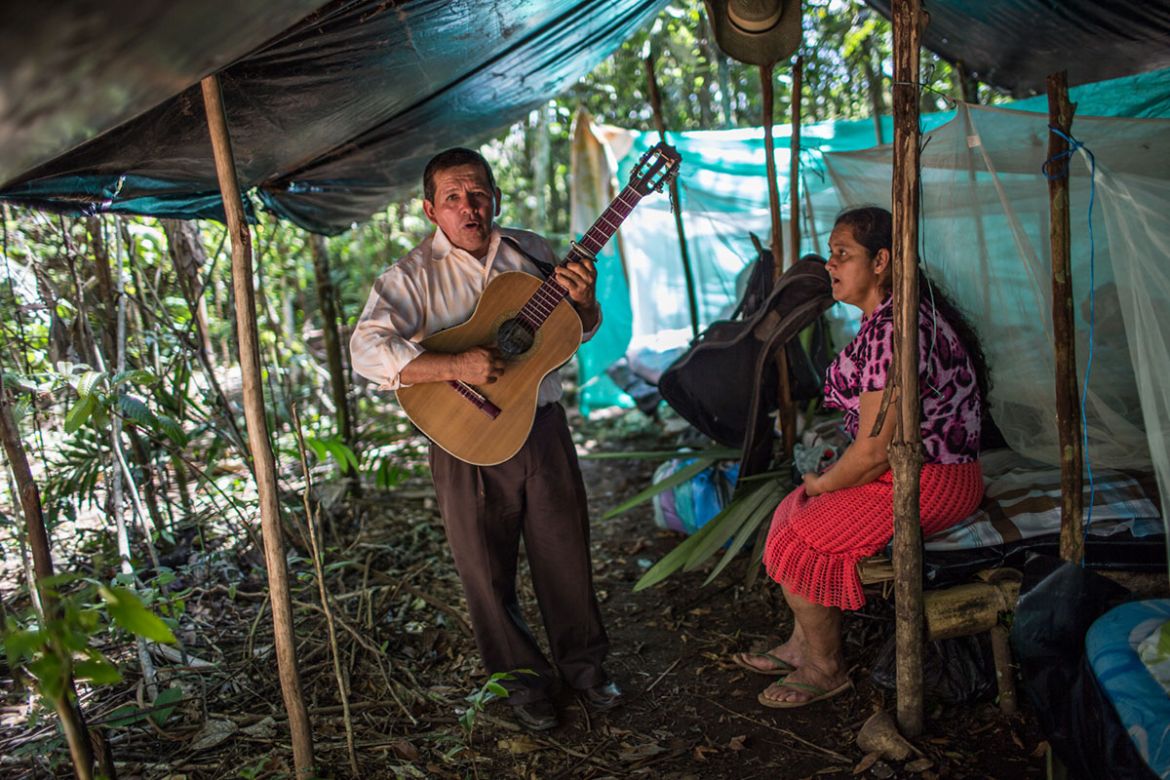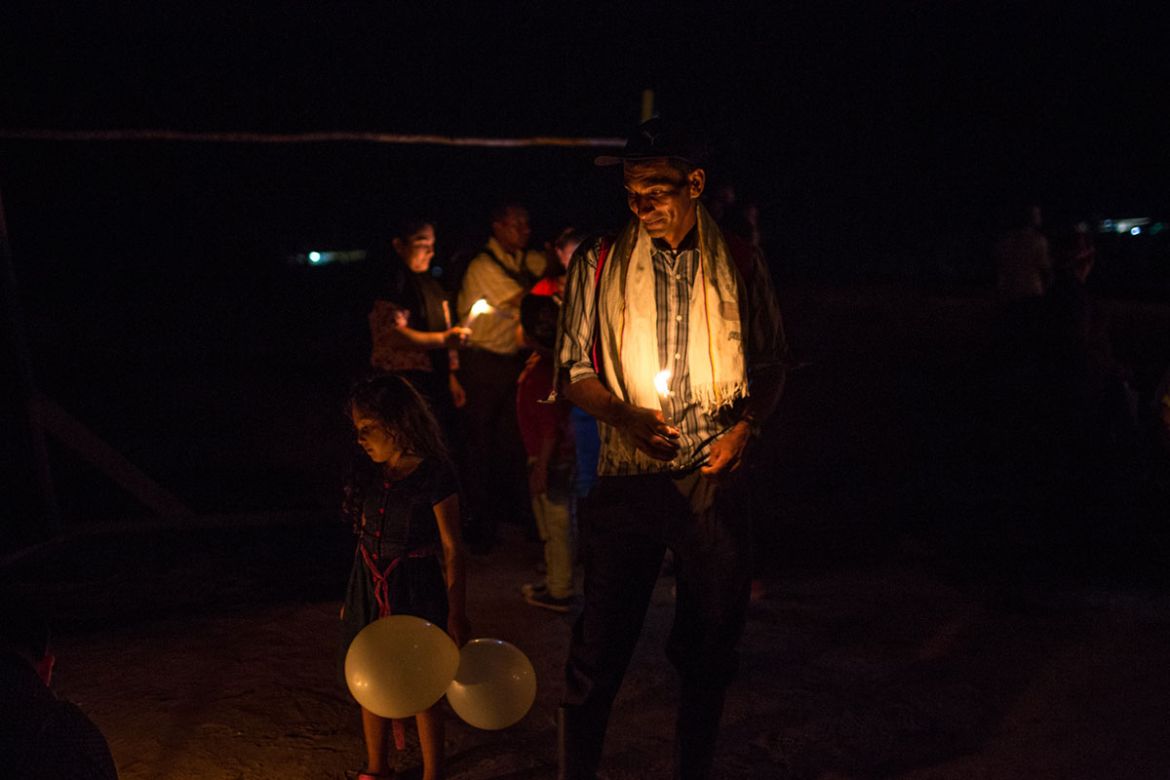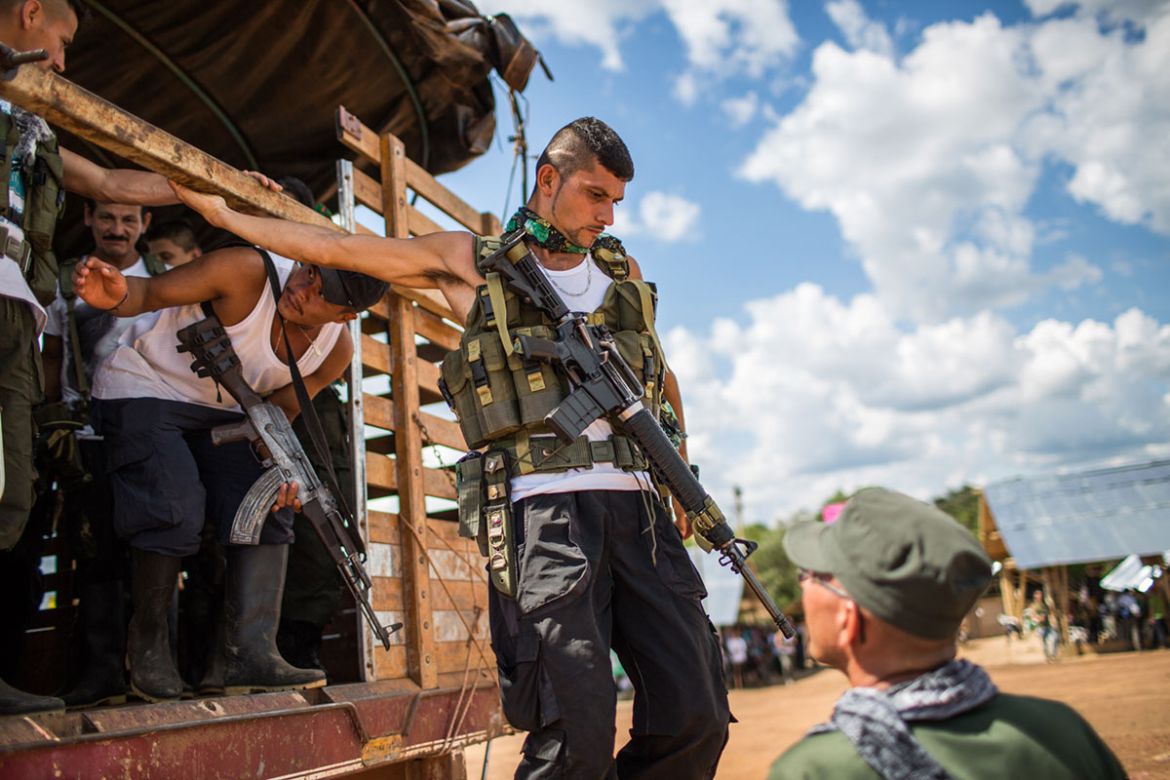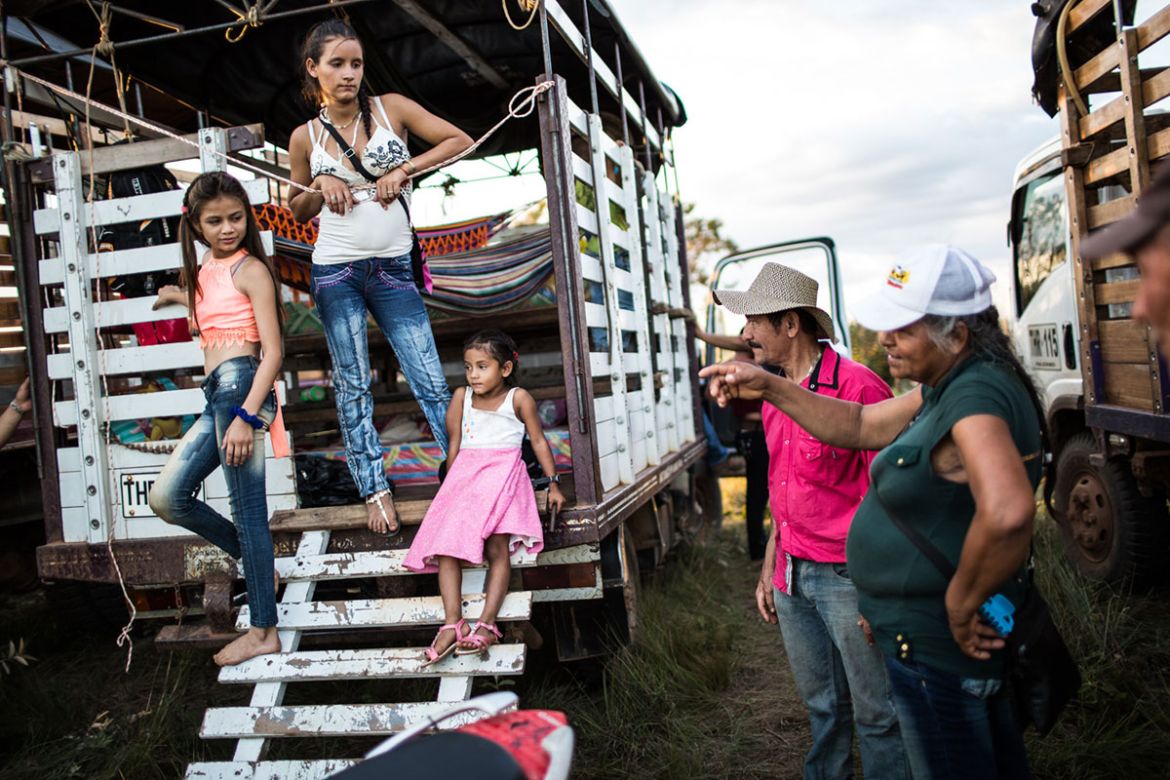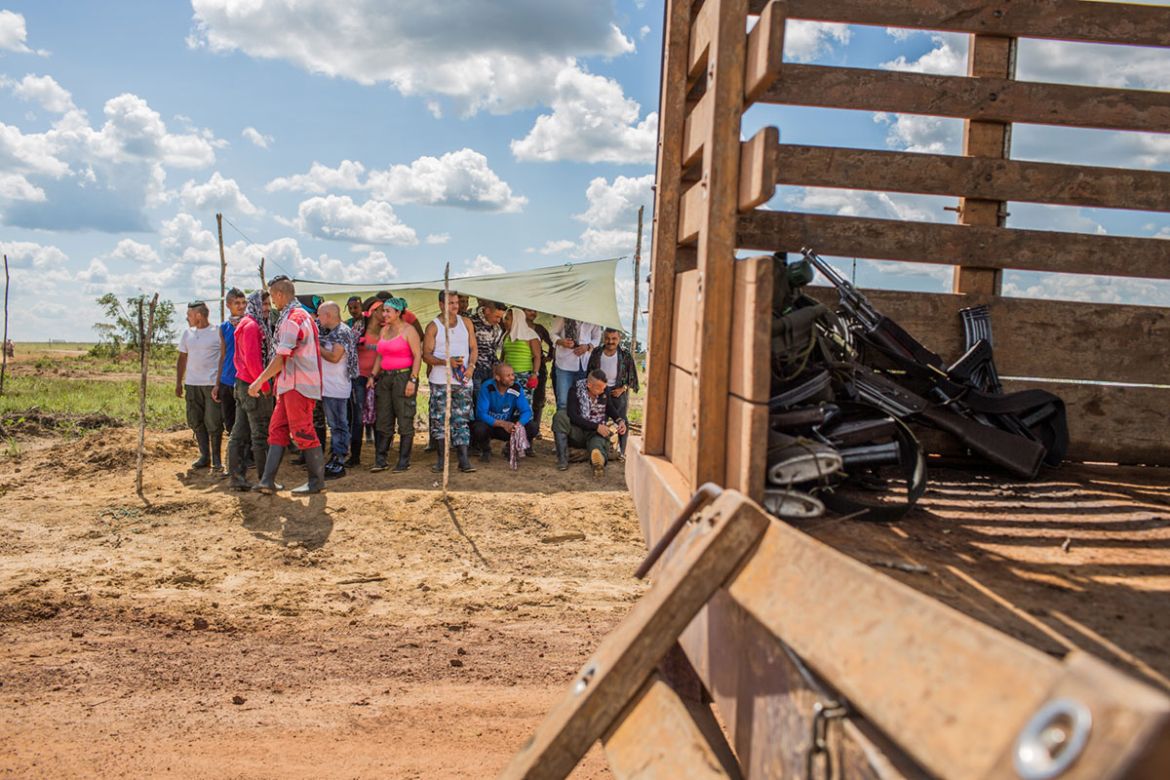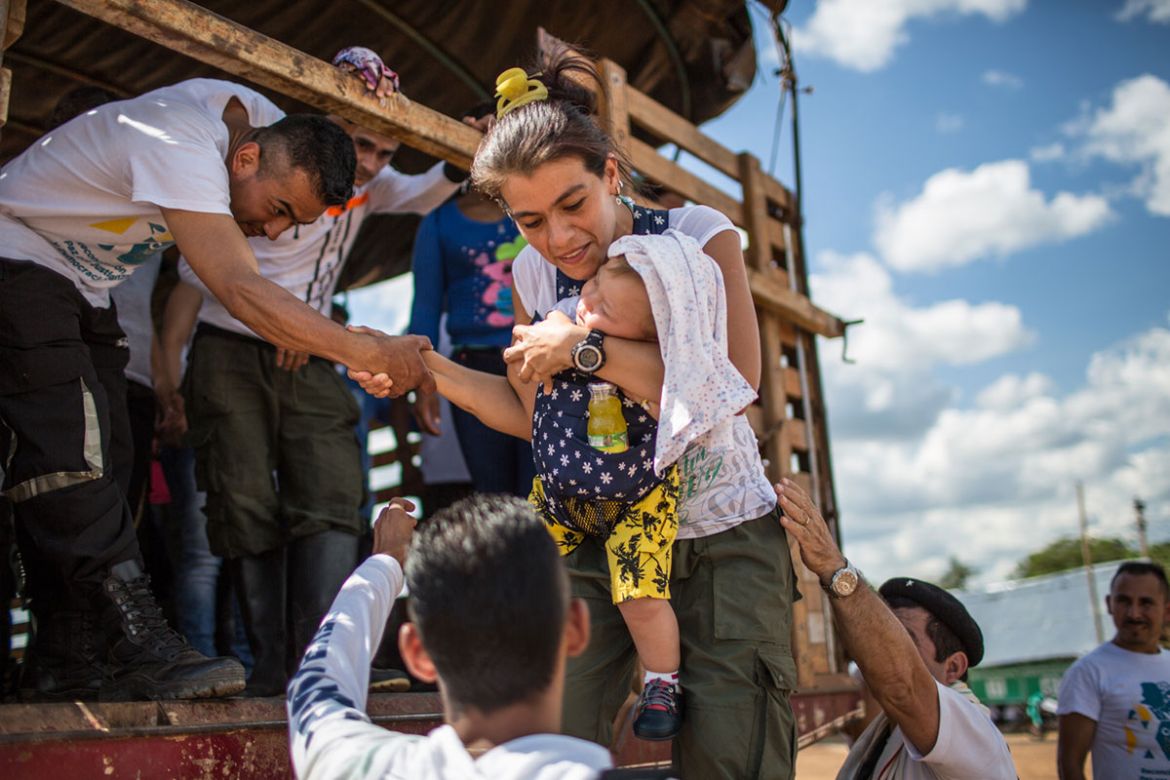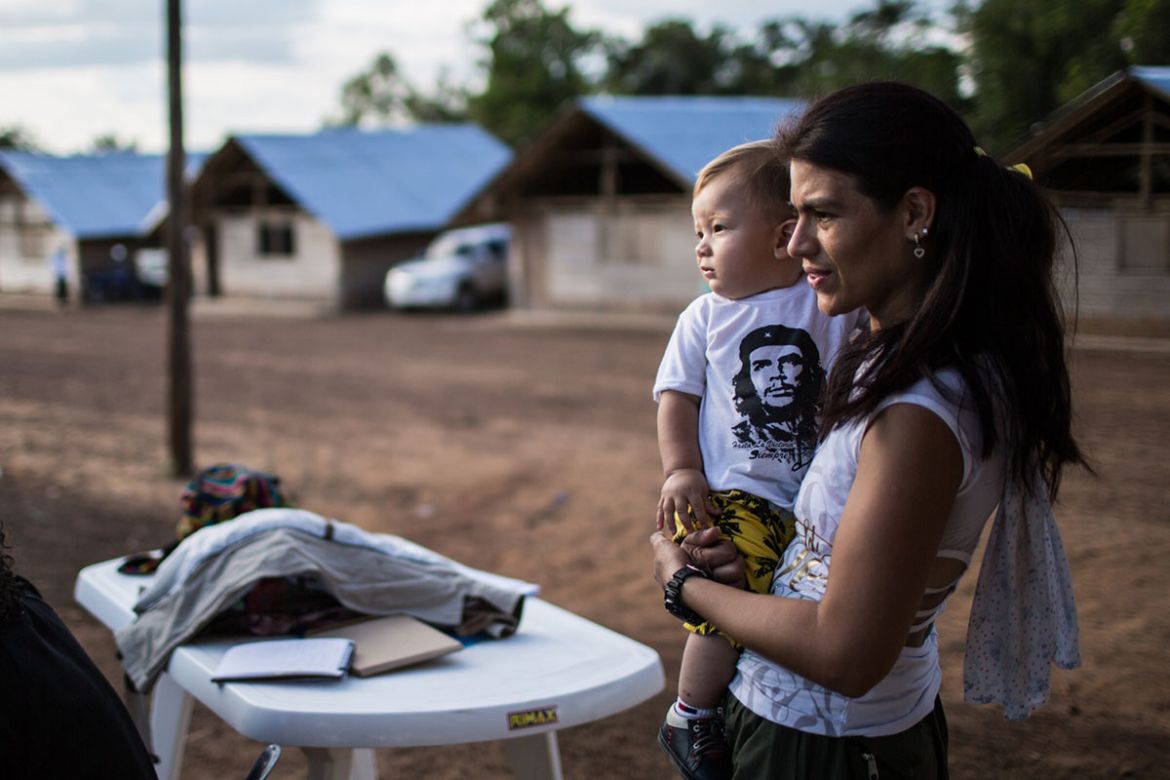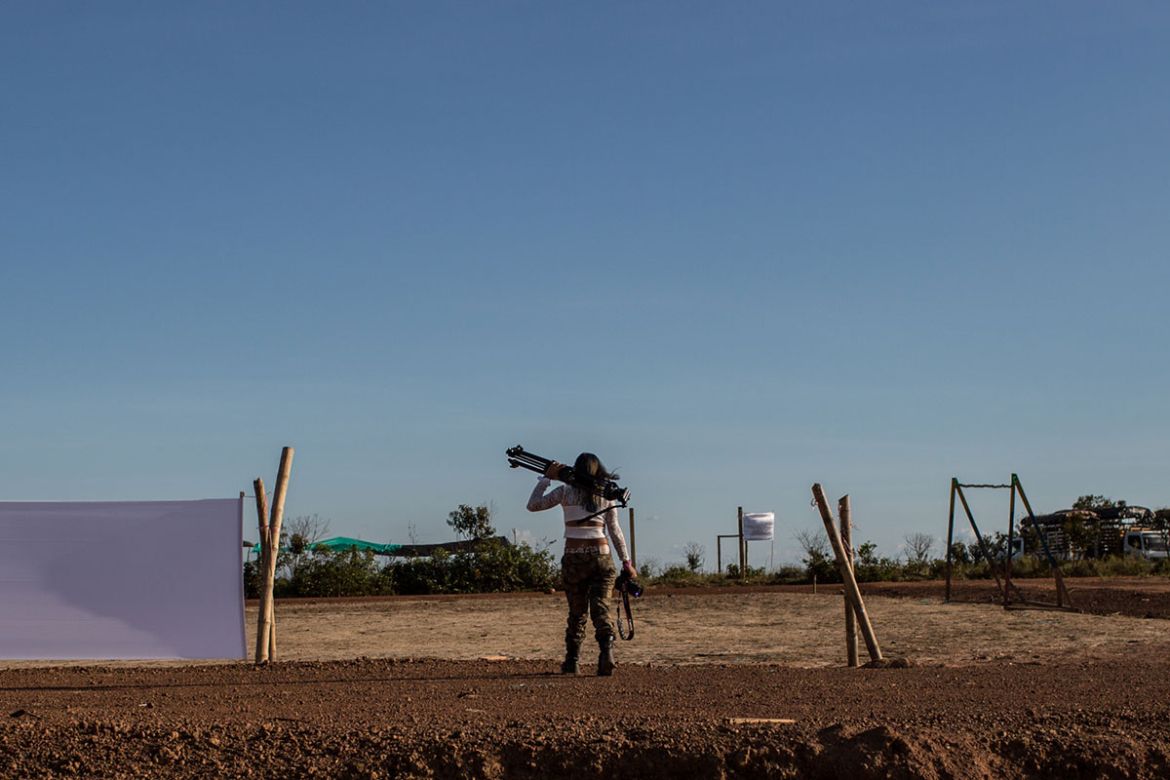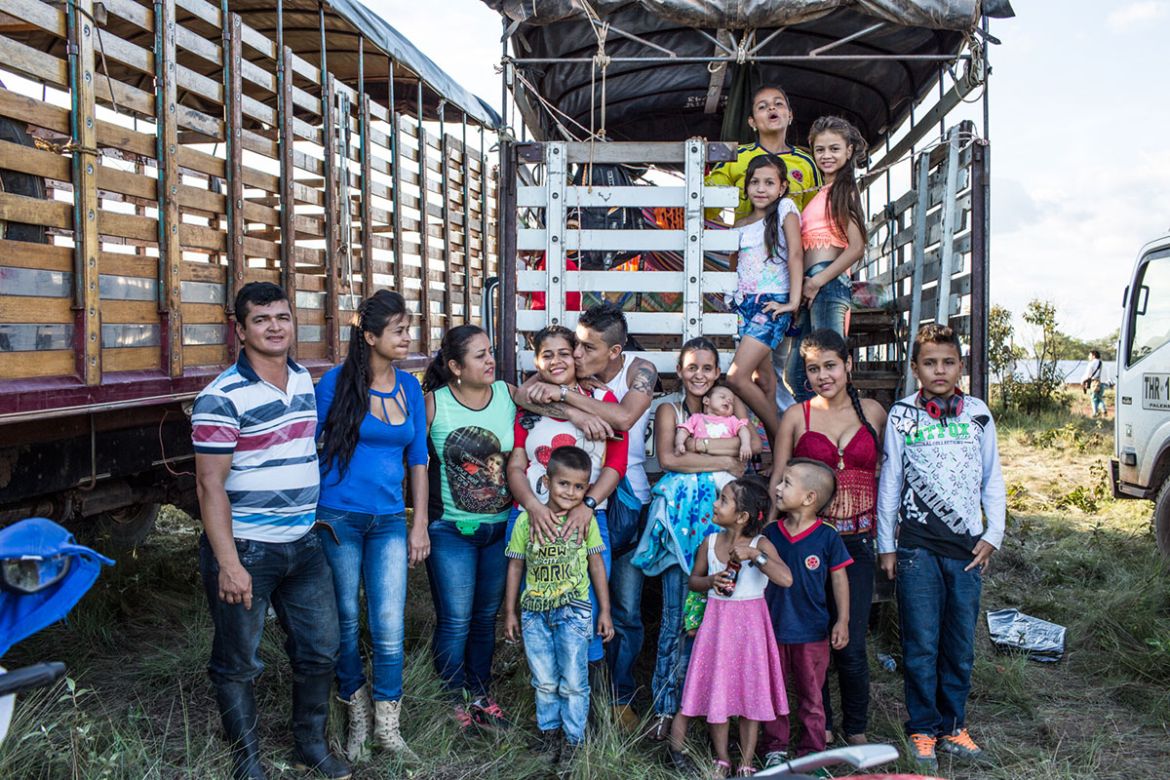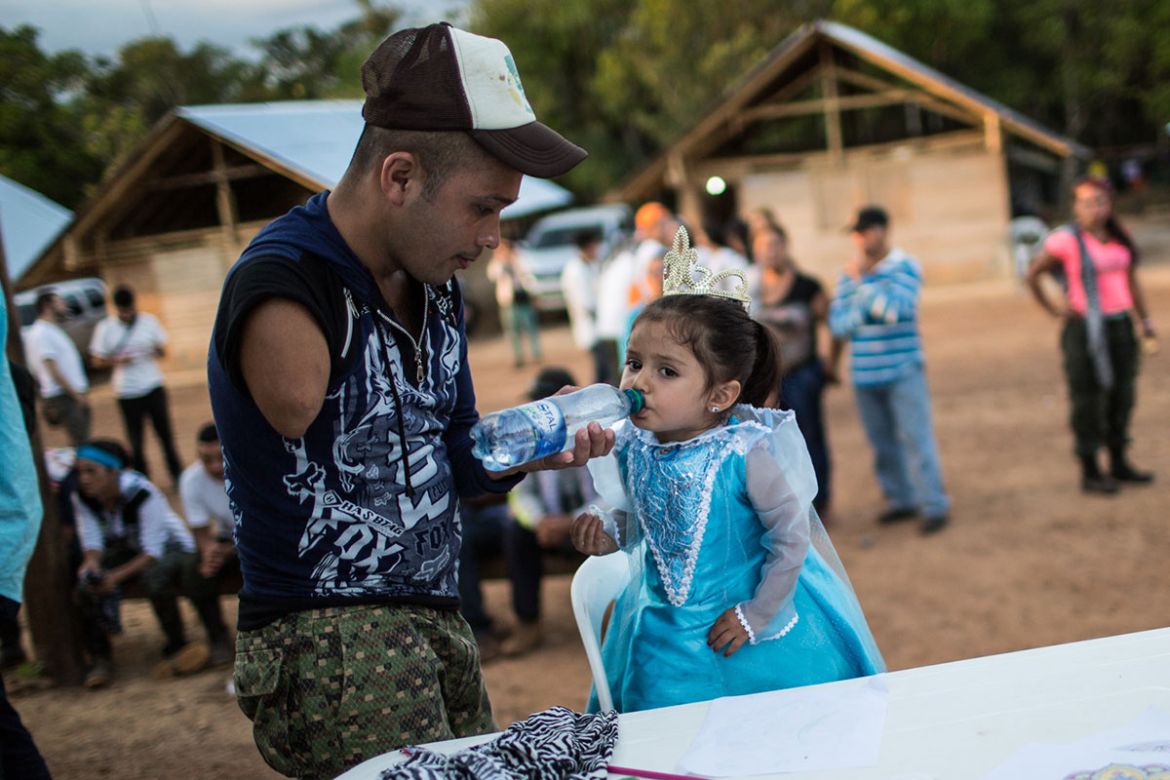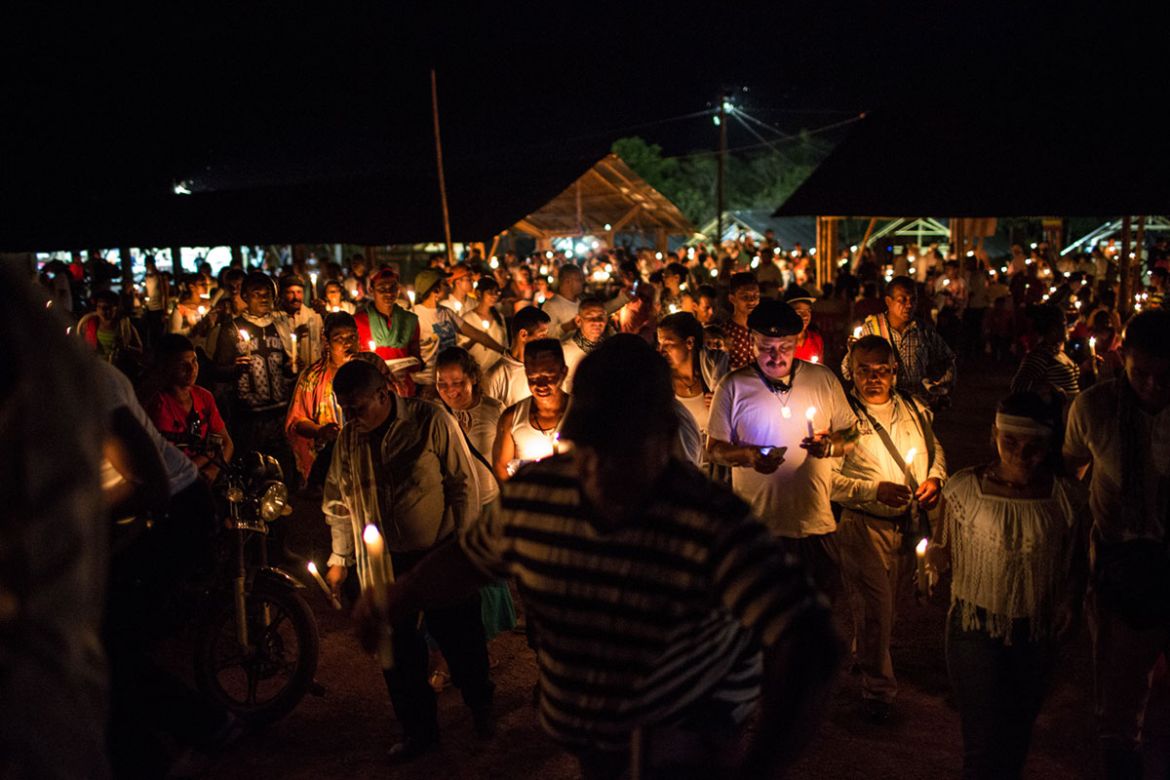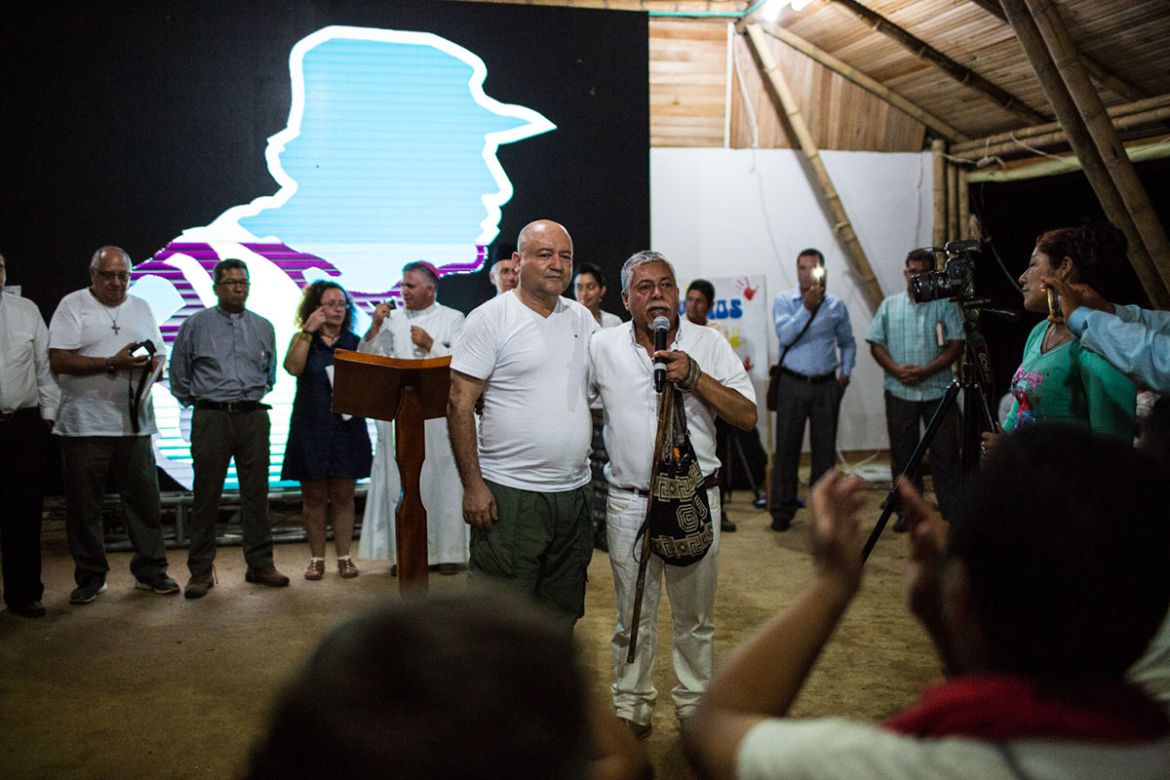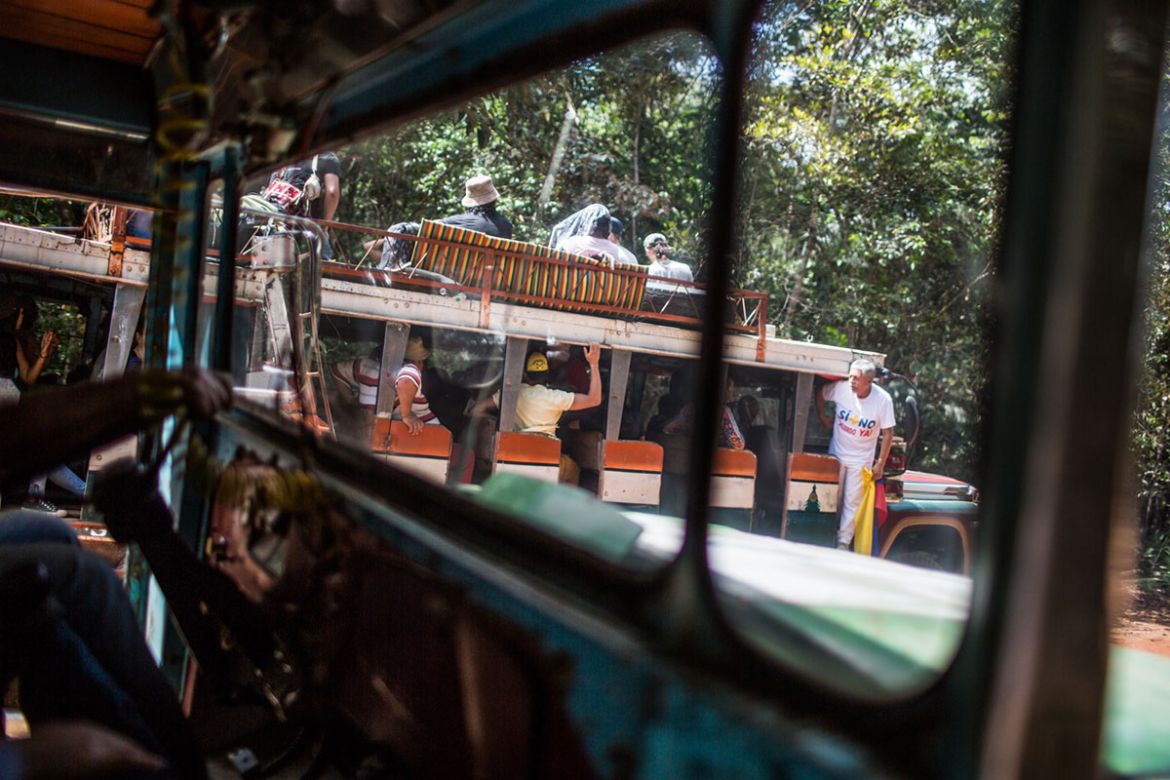In Pictures
Civilians, FARC hold vigil following revised peace deal
After the rejection of the initial treaty, the Colombian government signed a revised peace deal with FARC rebels.
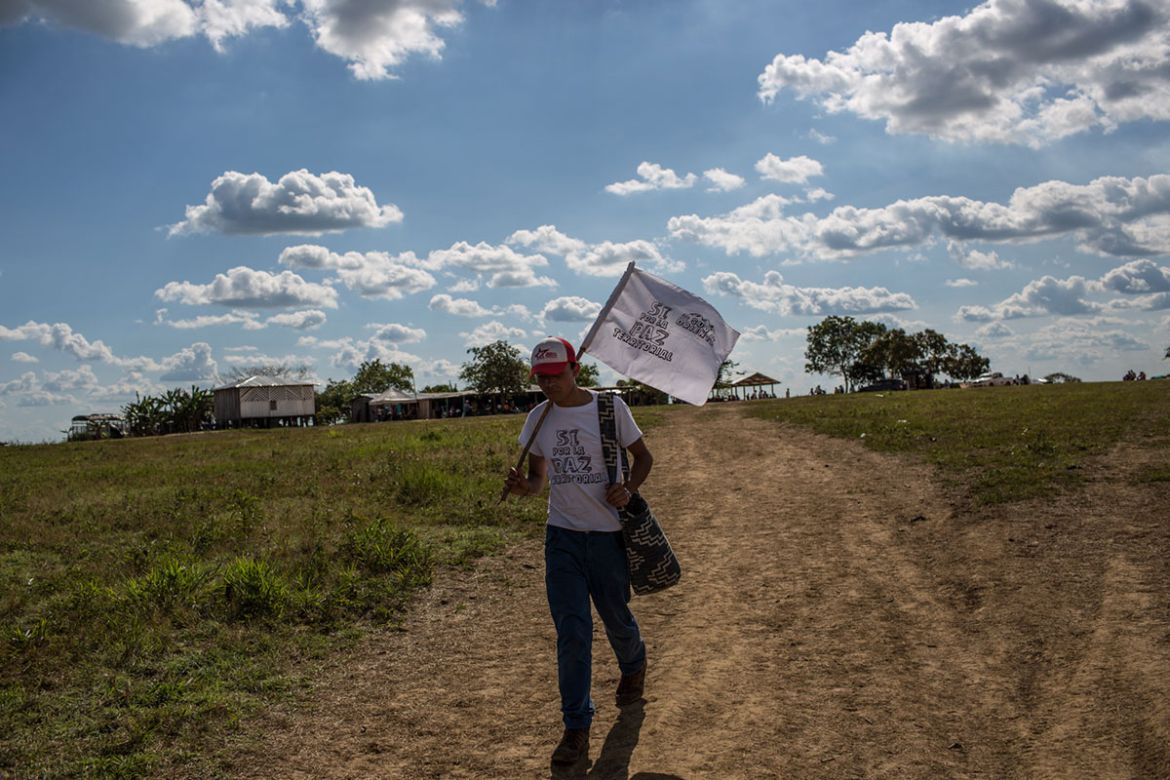
A revolutionary Marxist guerrilla group created by farmers, the FARC, evolved to become the largest guerrilla group in South America.
Following 52 years of conflict involving various armed groups, right-wing paramilitaries, government forces, drug cartels and leftist guerrillas, the country was left with more than 200,000 people dead, 27,000 kidnapped, and six million displaced from their homes.
More than 30,000 remain disappeared from the last war in the Americas.
On September 26, Colombia President and recipient of the Nobel Peace Prize Juan Manuel Santos signed a peace treaty with the top FARC commander after four years of negotiations in Havana, Cuba.
The pact was signed in the presence of UN General Secretary Ban Ki-moon as well as top leaders of the world.
Against all odds and opinion polls, the treaty was rejected in a referendum in October following an intense campaign by opposition parties and led by former President Alvaro Uribe.
FARC convened a “national vigil for peace” on October 30, a unique occasion that allowed civilian and religious groups to enter its camps and open a dialogue.
A revised peace deal was finally validated through Congress on November 30.
